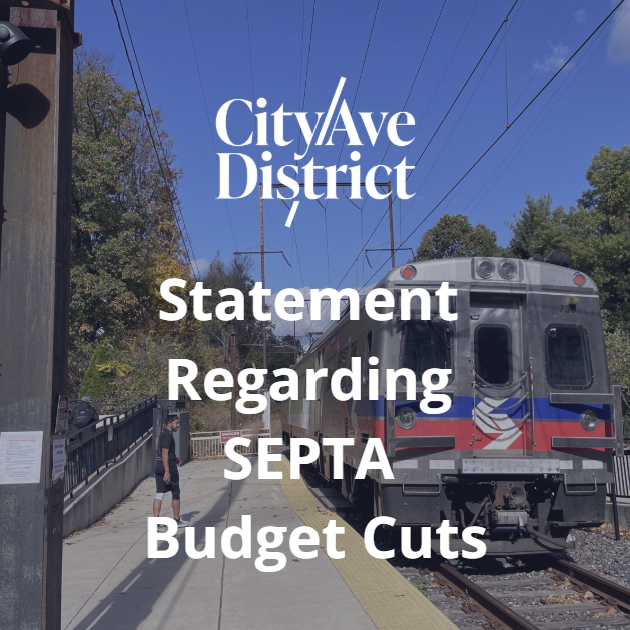The City Ave District is in the midst of implementing a new project to add traffic adaptive signals to the area. What does this mean for you? These types of signals have proven successful in reducing traffic delays and allowing for safer pedestrian crossing. In another area of Philadelphia, where these types of signals are already in use, traffic delays have been reduced by an average of 27%.
Adaptive signals work by using video cameras to measure both traffic volume and queue on each approach. They interface with existing traffic signal controllers and determine optimal timing for each intersection approach on a real-time basis, instead of relying on preprogramed schedules.
Rather than giving green lights in the order you are accustomed to, the system will work by giving green lights based on the number of vehicles and the amount of time they’ve been waiting. Due to this you may get a red light twice, causing you to believe you’ve been skipped. Be assured the system knows you are there and for how long.
This method increases safety, significantly decreases the need to stop at intersections, eases traffic and shortens your travel time. By reducing the possibility of a running a red light, studies have shown these adaptive signals lower the chance of crashes by up to 30%.
As part of the upgrades, pedestrian crossing buttons with count down timers will also be installed. These will allow an extended amount of time for pedestrians to cross the street safely. Some intersections will also be supplemented with audio.
The first phase will involve the five signals along St. Asaphs Rd and Presidential Blvd and is expected to take three months. The second phase has a tentative start date. It will take place from Lancaster Ave to the Schuylkill Expressway and will include the installation of the new signal technology as well as ADA ramps and other signal improvements.

